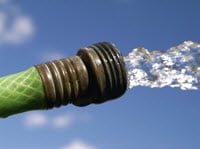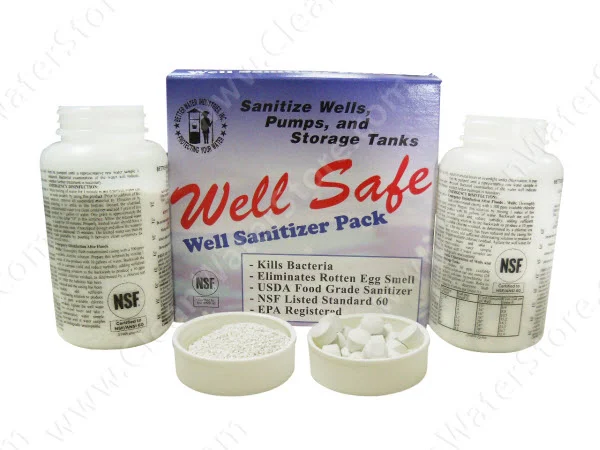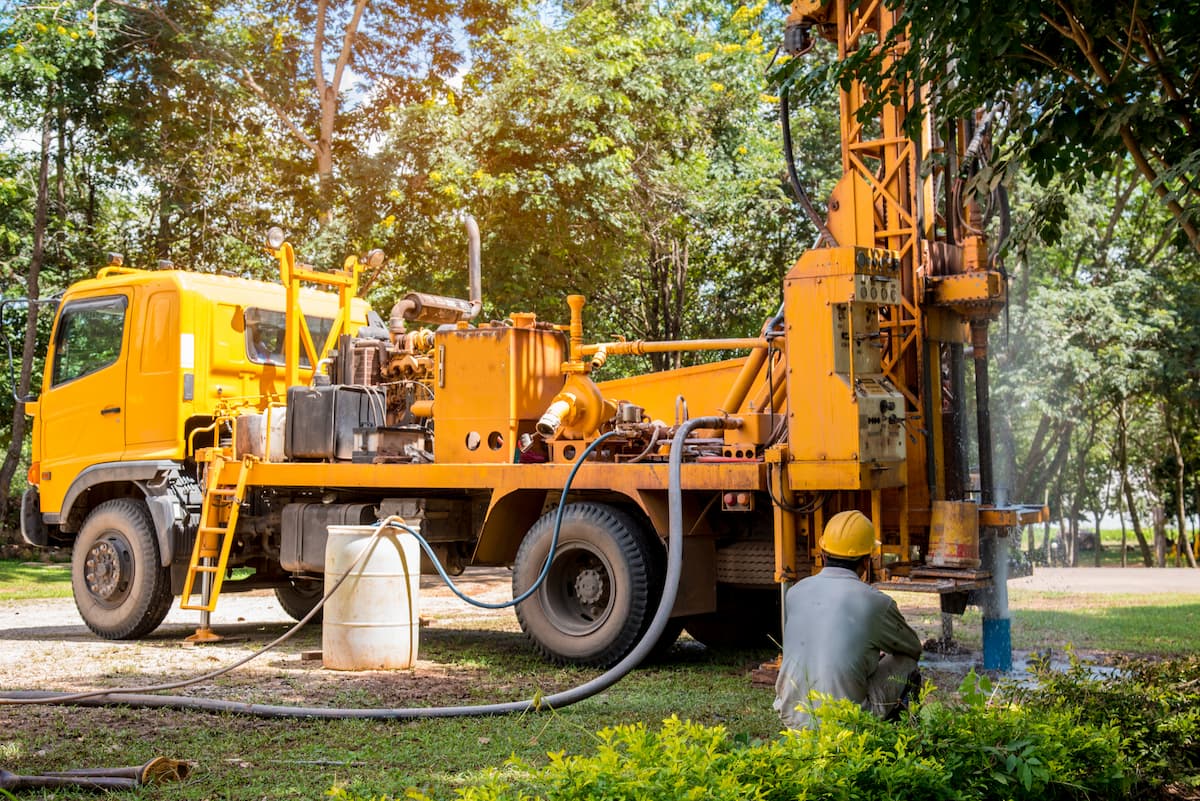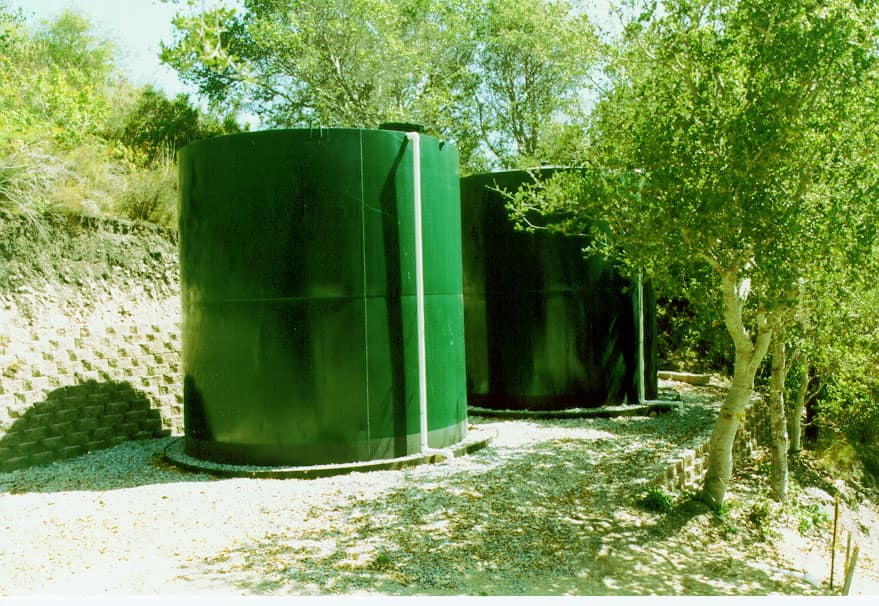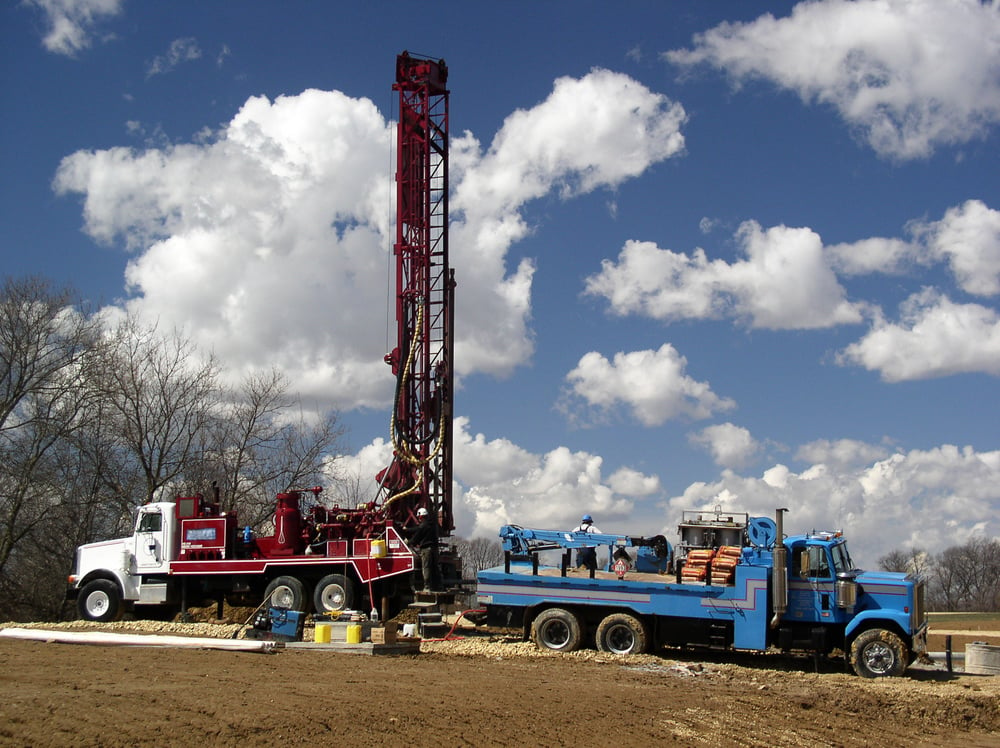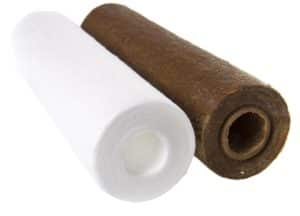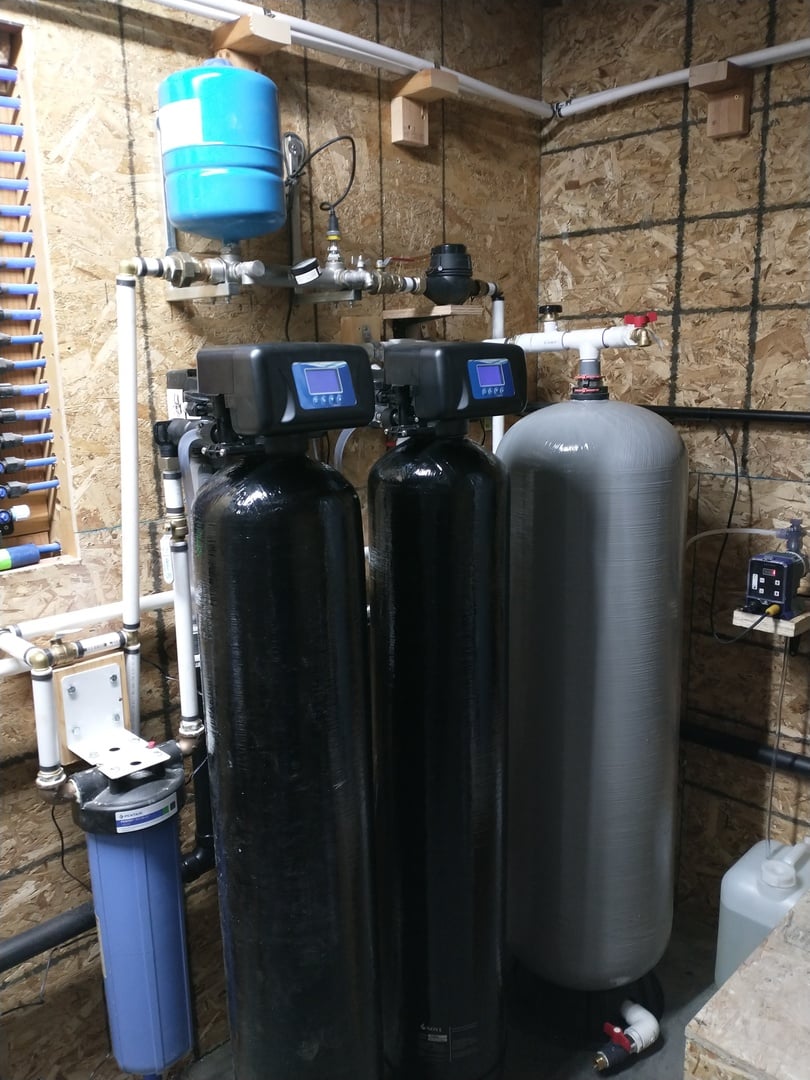How Can I Find Out What My Well Pump Flow Rate Is?
Well Pump Flow Rate Questions?
One question we often get is: “How can I find out what my well pump flow rate is??”
Iron filters, acid neutralizers and other well water treatment systems are available in different sizes. When selecting a water treatment system you must know the well pump flow rate in gallons per minute.
It is important to find out your well pump's flow rate in gallons per minute, before you choose an iron filter or other treatment system.
This is very important, but it is easy to figure out. You can easily get a good approximate figure of the flow rate yourself.
Turning on a spigot near the well won't work, and time the water running into a bucket won't work. This is not accurate. After all, a hose bib (or spigot) usually restricts the flow rate because the hose bib is usually a smaller diameter than the pipe.
You can, however, check the flow rate more accurately yourself. All you need is a 5 -gallon bucket and a watch or timer on your phone, and time how long it takes for the well to fill up your pressure tank. See the simple instructions below.
What IS Flow Rate Anyway?
Flow rate is defined as simply how many gallons in one minute can be pumped from the well. This is determined generally by the size of your well pump. It is also affected by the capacity of your well.
For example, if your well pump can fill a 5 gallon bucket in 60 seconds direct from the well, you can consider you have 5 Gallons Per Minute or 5 GPM.
Most homeowners have a standard single-speed submersible pump with a pressure tank on their private well. This test is for this standard type of pump and pressure tank. If you have a ‘constant pressure’ or variable-speed pump, this test as described below, won’t work.
Constant pressure systems often have very small pressure tanks or expansion tanks. These are about the size of a beach ball. Standard pressure tank systems have (typically blue-colored) pressure tanks that are larger in size.
With the standard submersible pump systems, the pump typically turns on when the pressure drops to 30 to 40 PSI, then turns off when the water pressure in the pipes and pressure tank builds up to 50 to 60 PSI.
As the high pressure (Cut-Off) point is reached, water flows into the pressure tank and builds up pressure. When the high pressure level is reached the pressure switch turns off the well pump.

Most iron filters and other well water treatment systems require approximately twice the backwash flow rate as the service flow rate.
A good flow rate is required to be able to backwash the filter systems properly. A good flow rate is also required to provide good water pressure to the home.
Matching your Iron Filter and Well Pump
Say you want to install an iron filter that requires 8 gallons per minute to backwash and flush out accumulated iron in the filter properly.
However your well pump can only pump 7 GPM. If that is the case, then you would need to get a smaller iron filter that can backwash at 7 GPM. You can also install two smaller iron filters in parallel.
Another option would be to increase the size or output of the well pump by replacing it. Often the well is not designed or doesn't have the capacity to pump higher output of water.
Yet another option is to install a small storage tank. The water flows from the well into a storage tank first, then a booster pump with an adequate flow rate can boost up the pressure after the tank.
Simple Steps to Take
- First, allow the well pump to build up to full pressure by running water in the home or from a hose bib or faucet until you hear the well pump kick in or pressure switch points click.
- Close the faucet and make sure no water is being used in the home. Well pump will build up pressure for a few minutes and then the pressure switch will shut off well pump.
- Next, open a hose bib (also referred to as a ‘spigot’ or ‘faucet’) anywhere near or after the pressure tank.
- Run the water into a 5 gallon bucket, noting how many gallons you collect. If bucket fills up, dump out water and keep measuring and filling.
- Measure the number of gallons drawn down from the pressure tank until the well pump turns on.
- When you hear the pump turn on, immediately close the hose bib.
- Time the period in seconds it takes for the well pump to build back up to pressure that is, between the cut- in and cut- out of the pressure switch. The pressure switch turns on the pump at a lower pressure and turns off the pump when it reaches a higher pressure.
- The formula for determining the flow rate is: gallons drawn down (that were measured above), divided by the seconds required for recovery, then multiplied by 60:
- (Gallons / Seconds) x 60 = Gallons per Minute (GPM) flow rate..
- For example, if 20 gallons are drawn down and it takes 120 seconds to build pressure back up, then: 20 divided by 120 = .166. Then multiply .166 x 60 = 10 gallons per minute flow rate.
- So you have 10 GPM flow rate.
Here is some more information on this:
Flow rate is tested when a well is initially drilled and can be tested again to determine if there are problems with the well. It can also be important to determine your flow rate if you are looking to install new pumps or filters on your well water system.
If you have a standard well with a pressure tank and pressure switch, you can use the steps below to determine your well’s flow rate in gallons per minute. This type of system turns on the well pump at one pressure and off at a higher pressure, usually about a 20 PSI difference.

If you have a variable speed pump, or ‘constant pressure’ type pump, that keeps the pressure in the house the same all the time, then this type of method won’t work. For a constant-pressure type system, consult your well contractor or send us the specifications on your system and we can help you find out what it might be.
Step By Step Guide
It is easy! All you need is a 1 or 5-gallon bucket and a watch or clock! It takes just a few minutes. Just follow these steps:
- Open any hose bib or faucet until well pump turns on.
- Close hose bib or faucet and let the pump fill up pressure tank until well turns off.
- Using a 1 or 5 gal. bucket, open faucet, collect and measure all water discharged until the pump turns on.
You do not have to fill the buckets as fast as you can, simply measure the water.
- When the pump turns on, immediately close faucet and start timing pump cycle in seconds until well shuts off.
- Divide the number of gallons collected in Step 3 by the number of seconds in Step 4.
- Multiply the answer from Step 5 by 60.
- The answer in Step 6 is the average pumping capacity of the pump in gallons per minute (GPM).
See our ON-LINE CALCULATOR to make it faster and easier.
Here's a quick video too:
If you need assistance or have any questions about this, email our support staff at [email protected] or call us anytime at 888-600-5426. Let us know how it goes!

